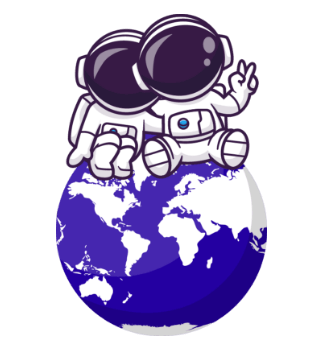Enterprise Software
Application Integration
Get efficient, cost-effective app integration services that will streamline your business processes and improve productivity.
Common issues in enterprise application integration we solve are:
-
Generation GAPs legacy systems
-
Outgrew our old tools, but still attached to them
-
Duplication of master information in a different system
-
Data syncing challenges between new and new, old and new, or old and old systems
Enterprise Application Integration (EAI) helps clients deal with today’s challenges of business integration. Today’s IT systems are made up of diverse elements – hardware, operating systems and software applications.
For example, applications are run on different platforms and written in different languages. Data files are of different types, held in different sites and accessed in different ways.
The major challenge for IT in addressing business integration is to manage this diversity. And that’s what we specialize in.
Maximum
Value Achieved

ERP Integration – Enterprise Resource Planning (ERP) applications are often seen as an effective route to business integration.
However, a lot of ERP implementations have been inward focused, i.e., emphasizing cost reductions, technology and process improvements instead of customers and suppliers.
There is a shift from a single enterprise application towards the integration of ‘best breed applications’ provided by the different vendors. The challenge is in how to do it most effectively.
CRM Integration – Customer Relationship Management (CRM) solutions help consolidate all customer data to get a unified view of customers.
Customer information that exists in various systems can be captured through different business processes, touch points, and channels.
It is important that all these systems are integrated and EAI plays a key role in achieving this objective.
Supply Chain Integration – The key to an effective supply chain is tight integration of the different businesses that make it up.
Distributors, retailers, producers, shippers etc. all need accurate information. The IT systems that they use are often not uniform and are not designed to work together.
Integrating these systems is vital to reduce costs and improve turnaround.
Legacy Systems Integration – Many businesses have to cope with ensuring that legacy systems are not isolated.
Scrapping all legacy systems and building an entirely new structure is not cost effective and takes time. The challenge is to integrate legacy systems with new enterprise applications.
Ideas
Being conventional with your business content marketing strategies won’t be a clever step, as digitization has taken over the print world.
Social networking websites are one of the most preferred methods of communication right now.
BluEnt is using the potential of social networking applications in the corporate environment to inform and connect everyone, right from senior management to trainees.
Mr. BeeZee checked his LinkedIn account and was intrigued by an article that was on his feed. He was curious and started reading.
The blog was about this year’s safe neighborhood ratings and new home developments in the city – posted by a small construction company.
From the Blog
We live in an age of globalization where every culture, business, and idea is interconnected.
We are living in the age of buzzing and beeping. Instead of criticizing it, why don’t we use the technology wisely in public favor? For instance, in the healthcare industry.
Thinking of your next DIY project? Have you been planning unsuccessfully to build your wife a surprise bookshelf for the last several months?













